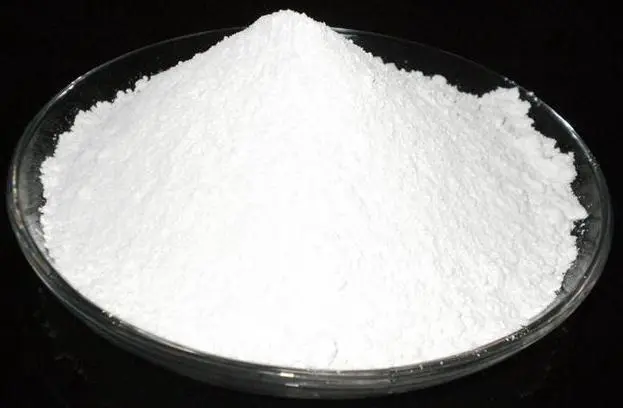
use of perlite in agriculture
The Use of Perlite in Agriculture
Perlite, a volcanic glass that is heated to high temperatures until it expands into a lightweight, porous material, has gained significant popularity in agricultural practices. Its unique properties make it an ideal amendment for improving soil structure, enhancing water retention, and promoting healthy root growth in various crops. This article explores the diverse uses of perlite in agriculture, shedding light on its benefits and applications.
The Use of Perlite in Agriculture
In addition to improving aeration, perlite is also known for its water retention properties. When mixed with soil, perlite can retain moisture without becoming waterlogged, making it an excellent resource for maintaining optimal moisture levels in the root zone. This is particularly beneficial in arid regions or during dry seasons, where water conservation is essential for sustainable farming. By helping to retain moisture, perlite can reduce the frequency of irrigation required, thereby saving water and lowering labor costs for farmers.
use of perlite in agriculture

Another significant advantage of perlite is its lightweight nature, which facilitates easier handling and transportation. Compared to other soil amendments, perlite is less dense, allowing farmers to cover larger areas with less weight. This efficiency is particularly advantageous for large-scale agricultural operations, where time and resources are at a premium. Additionally, perlite is chemically inert and non-toxic, making it safe to use in organic farming practices. Its neutral pH ensures that it will not interfere with the chemical balance of the soil, allowing for healthier plant growth.
Perlite is also widely used in hydroponic systems, where traditional soil is not an option. In hydroponics, plants are grown in nutrient-rich water solutions; however, incorporating perlite into these systems can enhance stability and provide physical support. The lightweight, aerated structure of perlite creates an ideal medium for root systems, allowing plants to thrive without the constraints of conventional soil. This method of cultivation has gained traction due to its efficiency and sustainability, furthering the appeal of perlite in modern agriculture.
Moreover, perlite can be used in seed starting mixes to provide a light, fluffy medium that supports young plants’ initial growth phase. When combined with other ingredients like peat moss or coconut coir, perlite promotes good drainage and aeration, creating conditions conducive to healthy seed germination and seedling development.
In conclusion, the use of perlite in agriculture offers numerous benefits, including improved soil aeration, enhanced water retention, and versatility in both soil-based and hydroponic systems. As the demand for sustainable practices in agriculture continues to grow, perlite presents an effective solution for maximizing crop yields and promoting healthier plants. Its lightweight nature, coupled with its ability to support various growing techniques, makes it an invaluable resource for farmers around the world. With ongoing research and innovation, the applications of perlite in agriculture are likely to expand, further solidifying its critical role in sustainable farming practices.
Share
-
Premium Resin Coated Sand - High Heat Resistance CastingNewsJul.31,2025
-
High Quality Silicon Carbide Grit for Abrasive ApplicationsNewsJul.30,2025
-
High-Quality Ceramsite for Plants & Gardening | Lightweight PebblesNewsJul.29,2025
-
Premium Burgundy Glass Marbles for Vases & Shooter GamesNewsJul.29,2025
-
High Purity Quartz Sand for Industrial and Ground ApplicationsNewsJul.29,2025
-
High-Quality Barite Powder for Drilling & Industrial UseNewsJul.29,2025






